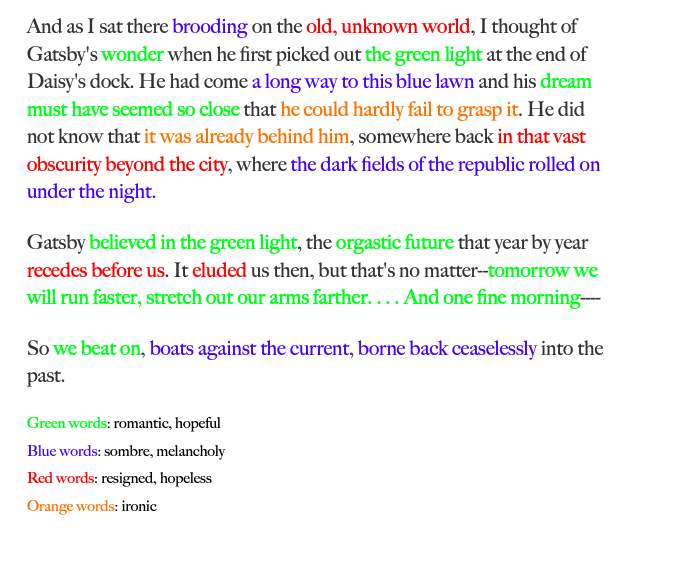3. DON’T Stereotype
Everybody’s speech has a myriad of influences. Your characters’ way of speaking will be influenced by their parents, upbringing, schooling, socioeconomic status, race, gender, sexual orientation, and their own unique personality traits.
Of course, these personal backgrounds will influence your character’s dialogue. However, you shouldn’t let those traits overpower the character’s dialogue—otherwise, you’ll end up stereotyping.
Stereotyped characters are both glaringly obvious and embarrassing for the author. For example, J. K. Rowling didn’t do herself any favors by naming a character Cho Chang—both of which are Korean last names. Similarly, if all of your male characters are strong, charismatic, and loud, while all of your female characters are meek, helpless, and insecure, your writing will be both offensive and inaccurate to life.
Let’s explore this with two ways of writing a policeman.
“Don’t stand here,” said the policeman in front of the caution tape. “We need to keep this street clear.”
And here is lazy writing that takes no real interest in the character beyond one-dimensional surface traits:
“Move it along, folks, move it along,” said the policeman in front of the caution tape. “Nothing to see here.”
Neither policeman is going to win a dialogue award, but the second policeman doesn’t even seem like a real person. He’s written in unconsidered cliché: phrases we’ve all heard a thousand times, general ideas of what policemen tend to say.
Simply put, stereotyped dialogue is bad writing. Not only does it make your characters one-dimensional, it’s also offensive to whomever your characters resemble. If you’re going to be writing your characters from a careless, surface-level take, you might reconsider whether you want to write them at all.
What to do about this? The safest way to avoid stereotyping is to write using identities that you know both personally and intimately. If your writing takes you beyond those identities, then do your research: seek out, and truly work to internalize, a diverse array of input from people whose identities resemble those you’d like to write about.

